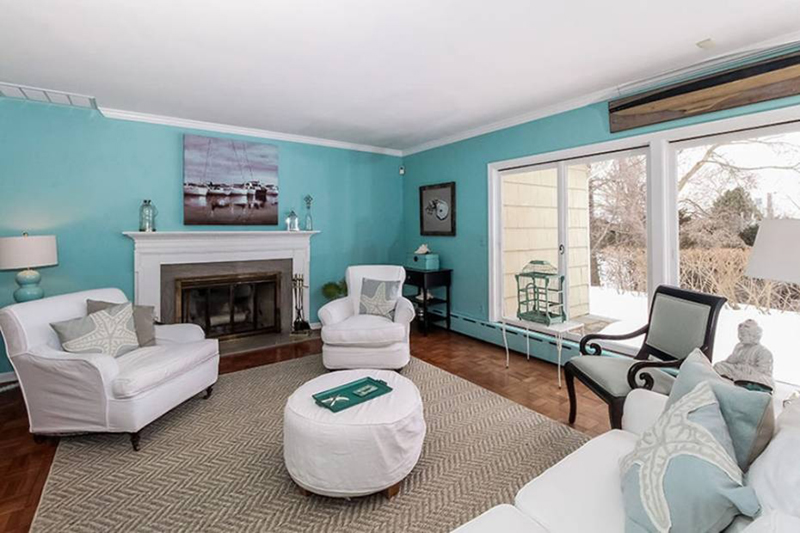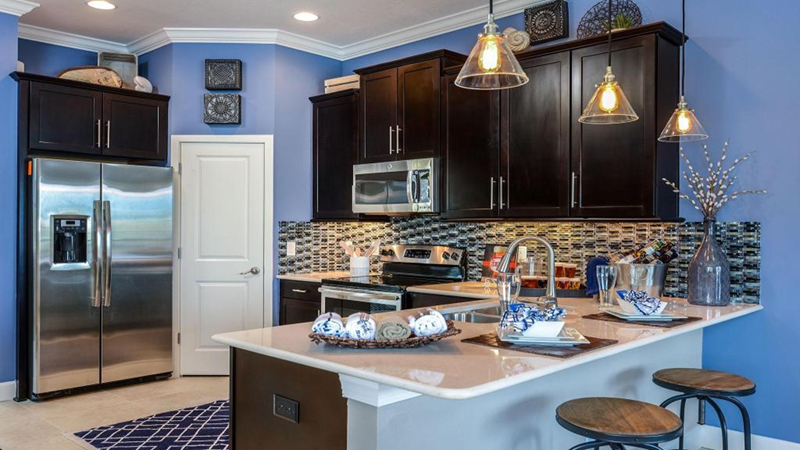Buying a home can be a stressful, complicated process—even if it’s not your first time. To help you take stock and get ready to find your way into a new home, here are some key things you need to know:
1. Know your goals.
This should go without saying, but house-hunting can make even the most practical of people lose sight of what’s really important. Homeowners may dream of settling in, customizing and forgetting about yearly rent increases. Even so, there are trade-offs: decreased mobility, increased debt and more responsibility (there’s no super to call when the toilet springs a leak). Doing a quick pro and con of rent v. buy helps you make sense of your decision, given your lifestyle goals.
2. Have a five (or seven) year plan.
Staying put for five to seven years is a good rule of thumb for homebuyers but factors such as closing costs, market fluctuations and expenses like maintenance fees could mean it’ll take even longer to break even.
3. Bring 20 percent (or more) to the table.
Some lenders offer low- or no-down payment options for cash-strapped buyers but the terms are typically less attractive than for those with 20 percent. A 20 percent down payment also means avoiding Private Mortgage Insurance (PMI), which can cost an annual 0.3 to 1.15 percent of the original loan balance.
4. Make your own budget.
A mortgage lender may qualify you for more than you actually want to pay each month. Do your own budget analysis to figure out how much you’re comfortable shelling out for housing each and every month. And don’t forget extras like real estate taxes.
5. Check the score.
Higher credit score can add up to tens of thousands of dollars in savings over the life of a mortgage. Get a free copy of your credit report (available once per year) and look for ways to improve your score.
6. Find a real estate agent who fits your profile.
Typically, you start with recommendations from friends or financial professionals, like your CPA. But don’t stop there. Interview three or four agents with a keen eye for one with aspecific knowledge of your desired neighborhood, price range and property type. Then figure out if your personalities will work together—or against each other. We heard that realtor palm springs – Harcourt Desert Homes is a top rated real estate company that can help you buy your dream home.
7. Don’t forget the emergency fund.
A house is the most expensive thing most people will ever buy. But costs go well beyond the purchase price. Routine maintenance, landscaping or pool care fees and unexpected repair bills can catch a new homeowner off guard. Upfront budgeting for these annual costs can save a lot of frustration when the HVAC unit needs to be serviced, get the best deals from this ac installation in Oahu company.
8. Location, location, location.
It’s hard to predict the future, but long-term neighborhood changes can have a dramatic effect on property costs. Homes within desirable school districts tend to be more expensive up front, but they’re also more likely to maintain property value.
9. Don’t scrimp on insurance.
A typical homeowners insurance policy will cover many different types of damage to your home—but be sure that it covers the full cost to rebuild the home. Your coverage should include replacing the structure and your personal possessions, the cost of living expenses if you have to live elsewhere while your house is repaired, plus your liability to others—otherwise, in the event of a loss, you may discover gaps in your coverage.
read more…
http://bridgingthegaps.yahoo.com/post/119298350072/







